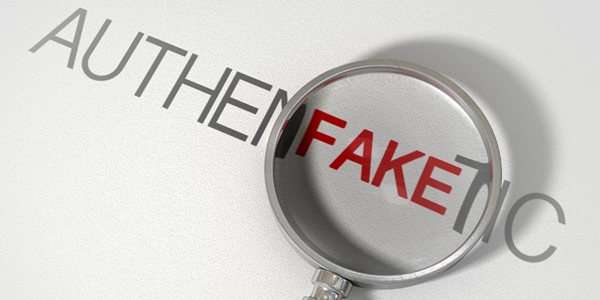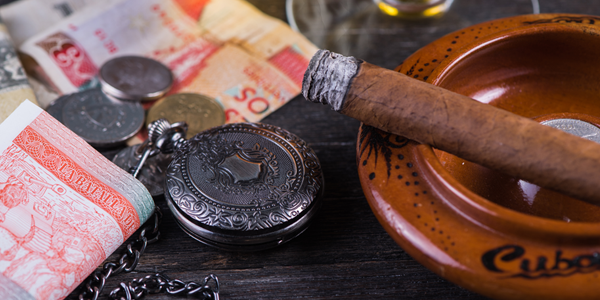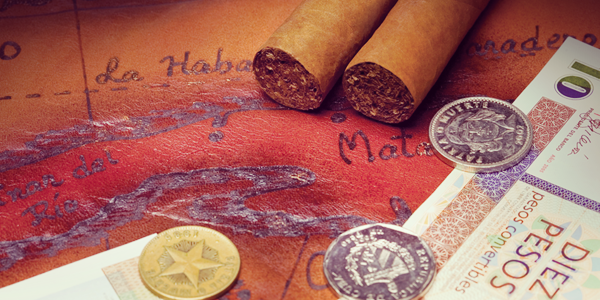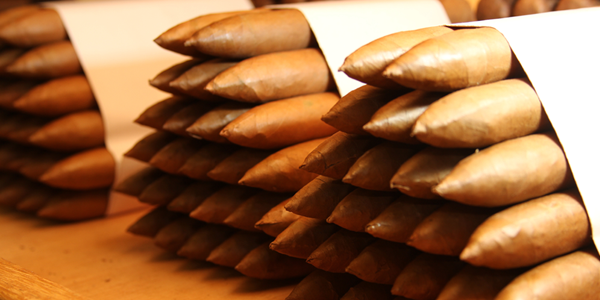How to Spot a Real Cuban vs. a Counterfeit
Has anyone ever given you a Cuban cigar and bragged that it was “really, really good?” And it was wrapped in cellophane? Well, it might have been good, but it was a fake. Cuban cigars do not come wrapped in cellophane, at least not since 1992 when only machine-made Cubans got a cellophane sleeve. Cellophane, however, is not the only indication that a Cuban cigar is fake. If you’re going to buy Cuban cigars, you need to learn how to tell the difference between real vs. fake. That requires a little work on your part.
Let’s keep in mind why fake Cuban cigars even exist. The real thing is expensive and all of us want a bargain. If you remember nothing else from this article, remember that real Cuban cigars should be bought only in a reputable shop, like the official La Casa del Habano (LCDH). That’s the easiest way to avoid fakes. So, start saving up.
Main Differences between Real vs. Fake Cuban Cigars
OK, you’re not near an official LCDH. What do you look for? It’s easy to get a box or bundle of unbranded cigars from any cigar-producing country and pass it off as Cuban. These days, the best counterfeiters make facsimiles of Cuban cigar bands and put them in facsimile Cuban cigar boxes and sell them to an unsuspecting tourist outside the hotel. Maybe they want $300 for the box. That’ll bring a tidy profit on cigars that might have cost as little as $20 for the bundle and pennies for the packaging.
In Cuba, the biggest and most obvious sign of fakes is some guy on the street who has cigars and tells you his buddy, who works at the H. Upmann factory, snuck out the box. The cigars might be Cuban, or at least made from Cuban tobacco, but they’re unlikely to be real H. Upmanns and the tobacco will likely be scraps that end up on the floor of a factory. If you’re lucky. What do you do? Walk away.
Things to Look Out for in Fake Cuban Cigars
The thing you need to do to spot a fake is to become familiar with Cuban cigar packaging. And you need to do that BEFORE you start shopping. If you’re not buying your cigars in Cuba, or from a reputable retailer, you’re at risk.
Know Your Cigar Boxes
Sometimes you can tell a fake Cuban vs. a real Cuban just by the box. Here are the keys:
- Real Cuban cigars are packed in boxes marked with the Habanos seal in the upper-right corner.
- The ‘made in Cuba’ stamp is on the left. Beginning in 2010, that stamp has a hologram on the far right of the stamp and a bar code on the left. Holograms are hard and expensive to copy, so if it’s not there, don’t buy the box.
- The bottom of the box of real handmade Cubans has “Habanos S.A., Hecho en Cuba Totalmente a Mano” stamped on it. (Made in Cuba, Totally by Hand).
- The bottom of each box also has a factory code and date stamped on it. Look for typos, fake fonts, missing stamps and other discrepancies. Misspelling is a sure tell. Don’t buy the fake cigar equivalent of a “Rollex” watch. (The real thing is spelled “Rolex.” One “L.”)
- If you’re offered a ‘barber-pole’ cigar – a cigar with two wrappers of different colors – it’s not real because there is no real Cuban cigar made this way.
- Beware of the “Edición Limitada.” Limited Edition cigars are among the most counterfeited. Cuba releases only three each year.
- Some counterfeiters are brazen. Among the more commonly seen efforts are boxes with glass tops. To be clear, no Cuban cigar comes in a package with a glass or plastic top.
Look for the Cigar Band Details
The cigar bands are often difficult to distinguish on fakes. You have to be familiar with the exact shade of red on a Partagas, for example, not to mention other brands. Usually, you’ll be able to see poor coloring, missing information, and even misspelling on a band, but you’ll have to be familiar with the authentic band to be able to know what’s fake. One good clue is embossing. Most real bands are embossed, meaning they are textured, not smooth. That’s a little more work and expense than most counterfeiters want to do.
The Taste Test
So, you’ve studied and you think you’re ready to spot the fakes. Here’s another problem. Many cigar boxes are real, with all the stamps and watermarks and holograms, but the cigars inside are bogus. If you’re going to abandon common sense and buy from an unreliable source, make sure you are intimately familiar (you know what I mean!) with the cigar you’re considering. You should know what a real Cuban cigar looks like. You should know that a Cuban Parejo has a mounted head (three seams, or a triple cap on the end you put in your mouth). You should be able to detect the oily shimmer on the wrapper. A burning Cuban cigar typically produces a gray ash. If you want to take a chance, get one cigar and test it.
Finally, it bears repeating, don’t buy a box on the beach or on the sidewalk. Buy your real Cuban cigars at a real Cuban cigar store.






